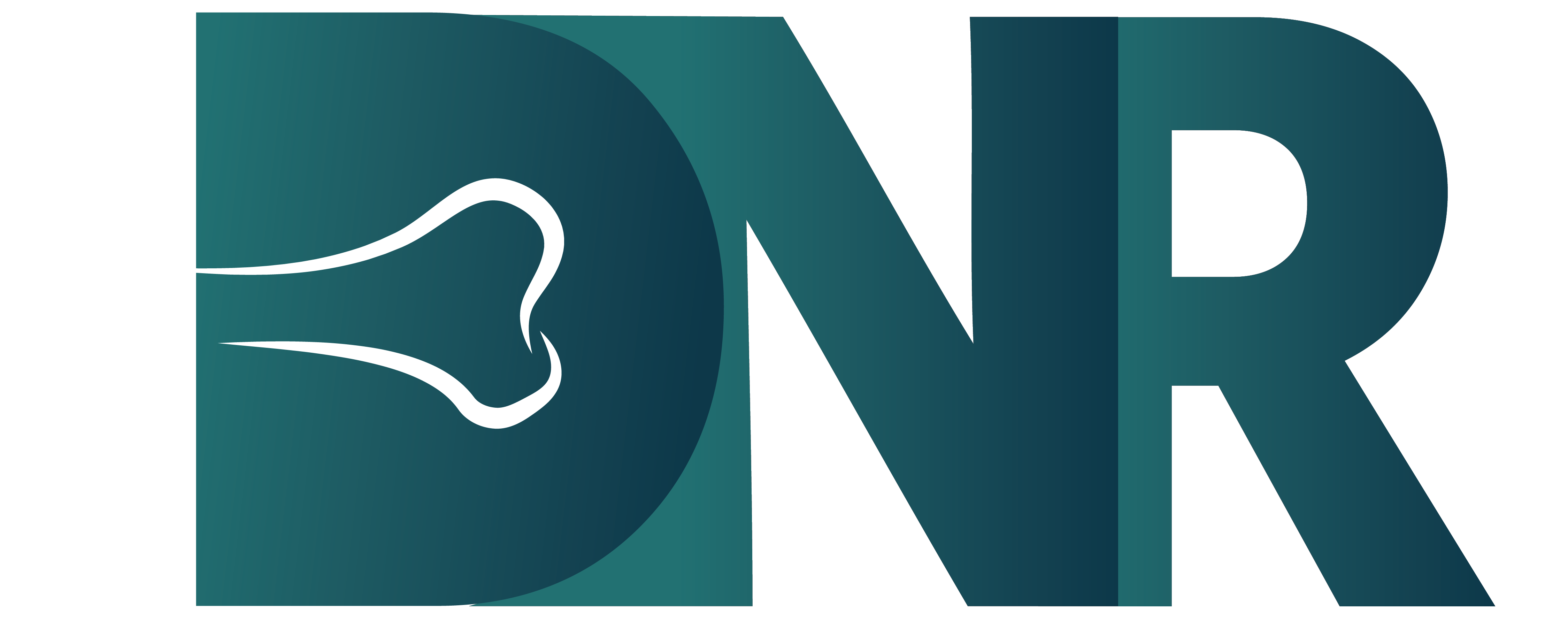Shoulder Arthroscopic Surgery in Hyderabad: Reconstructing Strength with Excellence in Shoulder Arthroscopic Surgery
Shoulder Arthroscopic Surgery
Arthroscopic shoulder surgery is a minimally invasive procedure that can effectively address various shoulder conditions causing pain and limiting your movement.
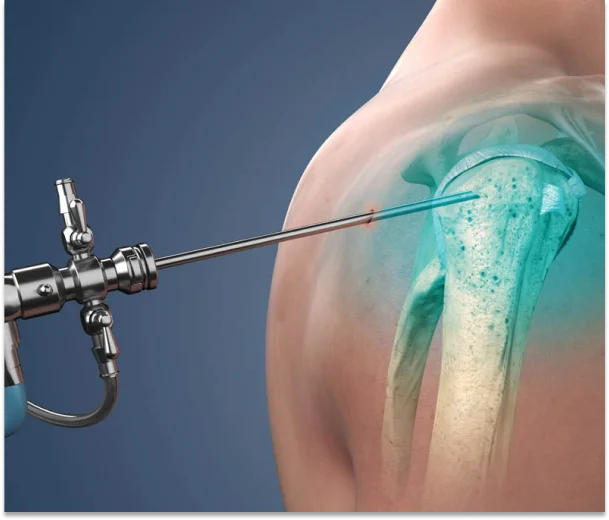
Reasons for Surgery

Conditions Treated
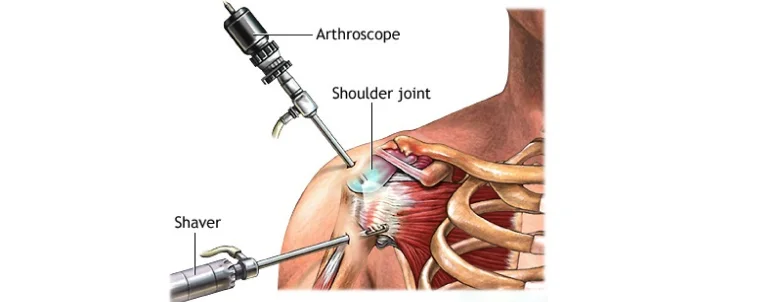
Recurrent shoulder instability
This involves repairing or tightening the ligaments and capsule to stabilize the joint and prevent future dislocations.
Rotator cuff tears
These involve reattaching the torn rotator cuff tendons to the bone using sutures or anchors.

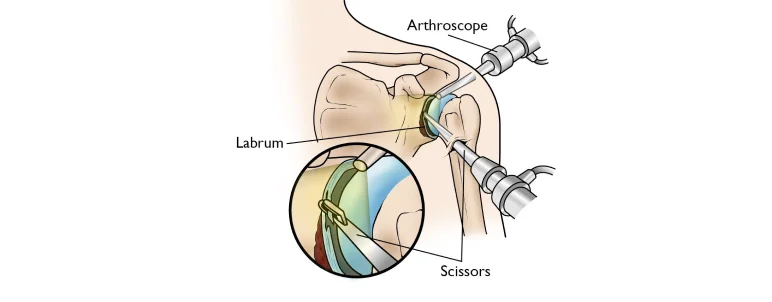
Labral tears
These involve reattaching the torn labrum to the glenoid socket using sutures or anchors.
Glenoid bone loss
This involves reconstructing the bony socket to improve stability and prevent further cartilage damage.
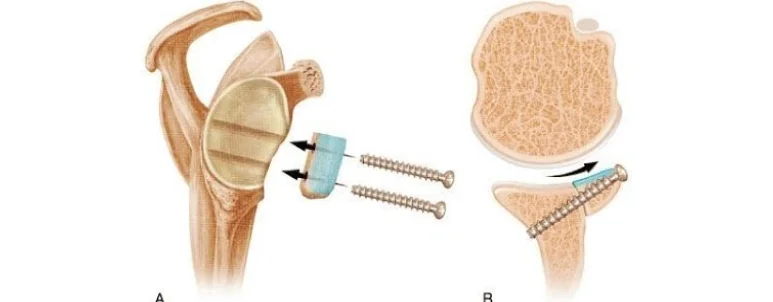
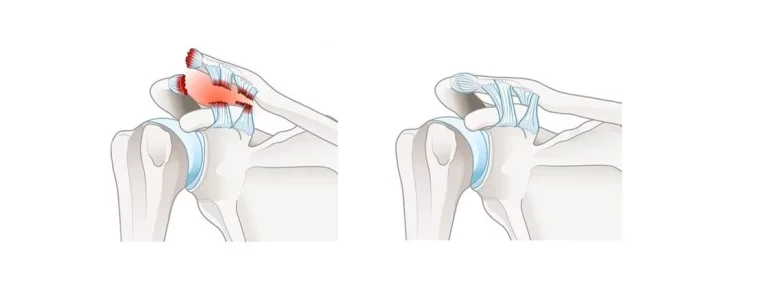
Post-traumatic shoulder deformities
This involves correcting bone deformities caused by severe injuries.
Types of Shoulder Arthroscopic Surgery

Rotator cuff repair
Various techniques exist, including open surgery and arthroscopy, to reattach the torn tendon(s) to the bone.
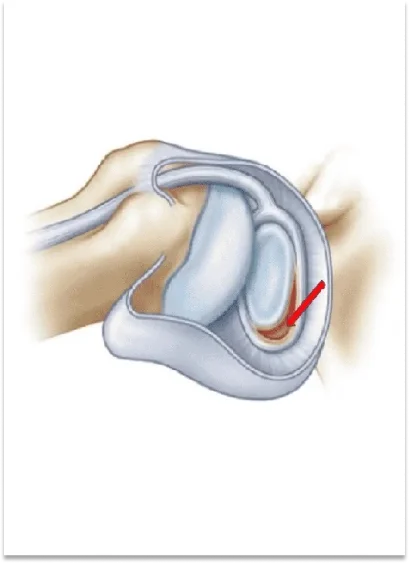
Bankart repair
This procedure addresses anterior shoulder instability by reattaching the torn labrum and the capsule to the glenoid socket.
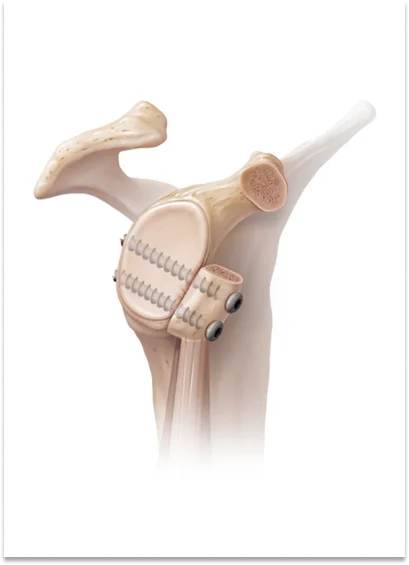
Latarjet procedure
This procedure involves transferring a portion of the coracoid bone to the glenoid socket to provide additional stability.
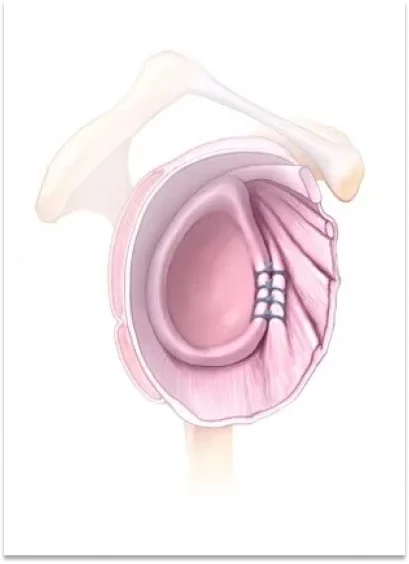
Capsular plication
This procedure tightens the loose capsule surrounding the shoulder joint to improve stability.
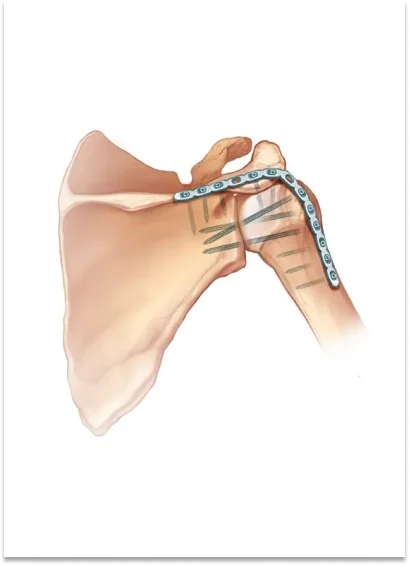
Bone grafting
This procedure fills in bony defects in the glenoid socket or humerus head to improve joint stability and function.
The Surgery Process
Recovery

